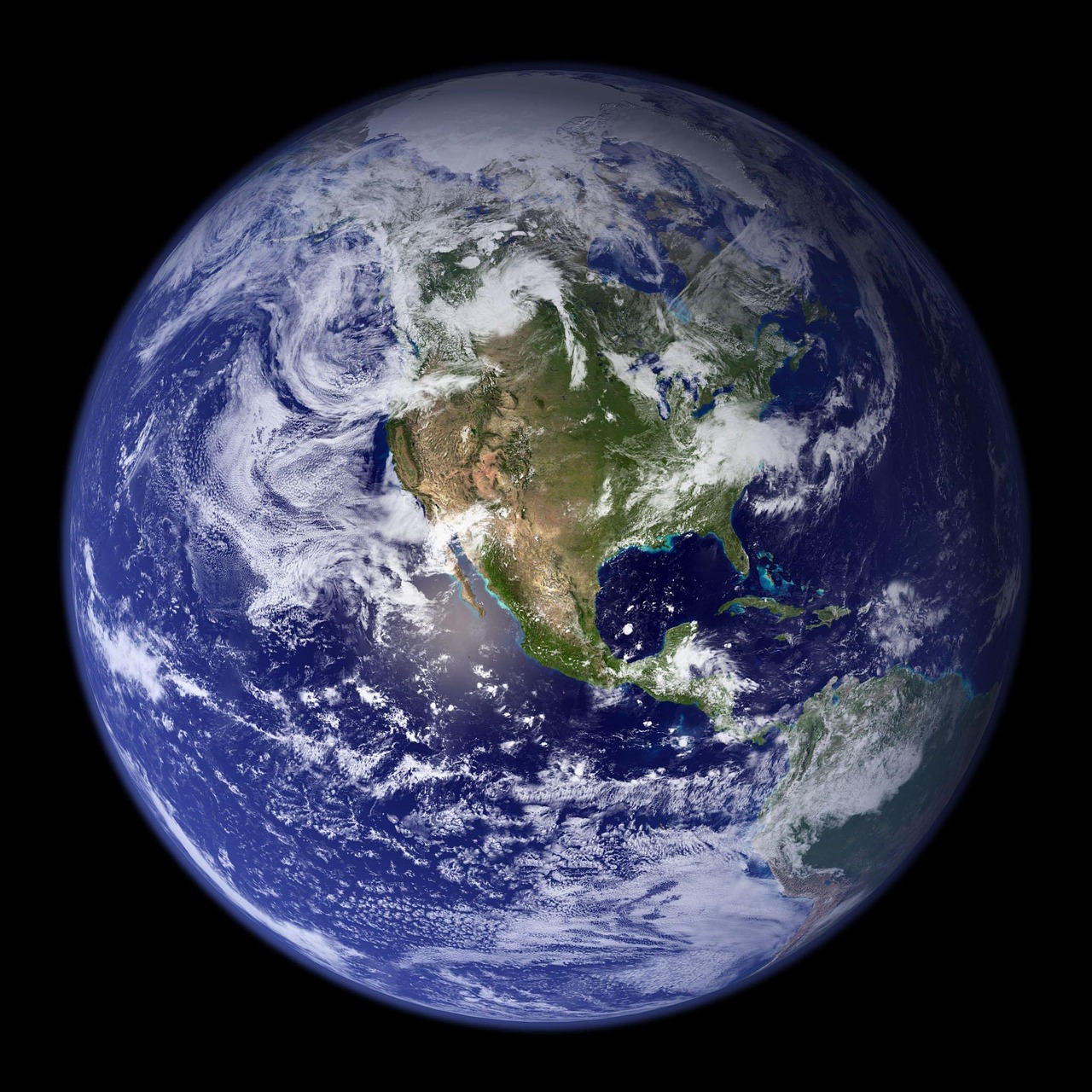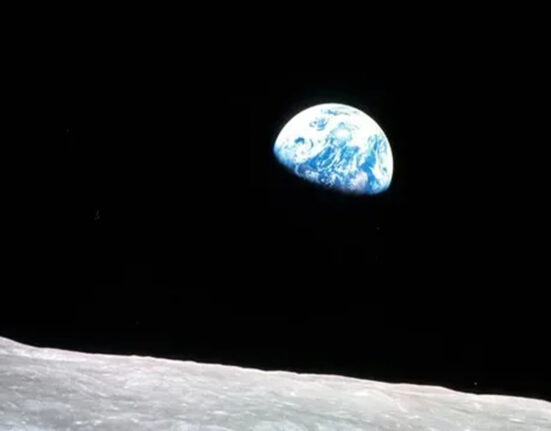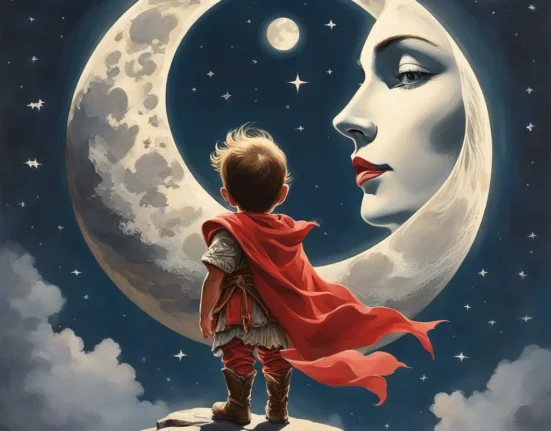New research has unearthed a mesmerizing cosmic dance that took place in our solar system billions of years ago. Imagine Earth, Mars, and even a distant planet twirling gracefully around the sun in perfect synchronization. It’s like a celestial waltz frozen in time.
Planetary Rhythm
The recent study suggests that four of the rocky inner planets, including Earth and an elusive lost world, once pirouetted harmoniously around our young sun. This harmony hints at a profound connection between these celestial bodies, hinting at an ancient choreography that shaped the early solar system.
As astronomers delve deeper into the mysteries of planetary systems, they are discovering intriguing patterns and resonances that hint at the dynamic evolution of these cosmic neighbors. The idea of resonance – where planets move to the beat of whole-number orbital ratios – adds a poetic flair to the grand ballet of space.
Cosmic Metamorphosis
Picture this: newborn planets swirling around their stellar parent like dancers in a celestial ballroom. These planetary pairs or triplets exhibit a rhythmic interplay influenced by their mutual gravitational tugs. It’s almost as if nature itself composed a symphony in the stars.
Intriguingly, past studies on exoplanet families have unveiled similar resonant dances among distant worlds orbiting alien stars. The discovery of such cosmic symmetries challenges our perceptions of how planetary systems take shape and evolve over eons.
Rhythmic Evolution
One fascinating example is the TRAPPIST-1 system with its seven-planetary ensemble moving in graceful unison around their diminutive star. This synchronized performance underscores the intricate interplay between planets born within gas-rich protoplanetary disks, where orbital resonances emerge as a natural consequence.
Looking closer to home, Jupiter and Saturn once engaged in a harmonious duet before cosmic forces disrupted their synchronized motion billions of years ago. This ancient dance echoes throughout our solar system’s history, leaving behind clues for astronomers to decipher.
Expert astrophysicists like Chris Ormel from Tsinghua University are unlocking secrets hidden within these planetary movements. By delving into computer simulations and analyzing isotopic signatures from Martian rocks, scientists paint vivid pictures of our solar system’s primordial days.
Celestial Revelations
The collision that birthed Earth’s moon or the resonant chain linking Venus to Mars offer glimpses into our planet’s tumultuous past. Each crater on Mercury or canyon on Mars narrates tales written in stardust billions of years ago when our solar neighborhood was still taking shape.
Through meticulous observations and complex models, researchers reconstruct ancient scenarios where giant gas giants play tug-of-war with terrestrial worlds. These simulations provide tantalizing insights into how Earth-like planets found their places amidst cosmic chaos.
By peering back through time using advanced computational tools and astronomical data points, scientists piece together narratives from epochs long gone but not forgotten in the annals of space exploration.
Ancient Echoes
Venus stands as an ancient sentinel preserving clues about our solar system’s formative years within its mantle depths — offering future missions keys to unlock mysteries buried beneath its enigmatic veil. As we gaze at neighboring worlds through telescopic lenses, we glimpse shadows cast by celestial events etched across time immemorial.
The dance continues as outer gas giants sculpt inner realms with gravitational embraces or violent encounters reshaping entire planetary landscapes like artists crafting masterpieces on a vast cosmic canvas.









Leave feedback about this